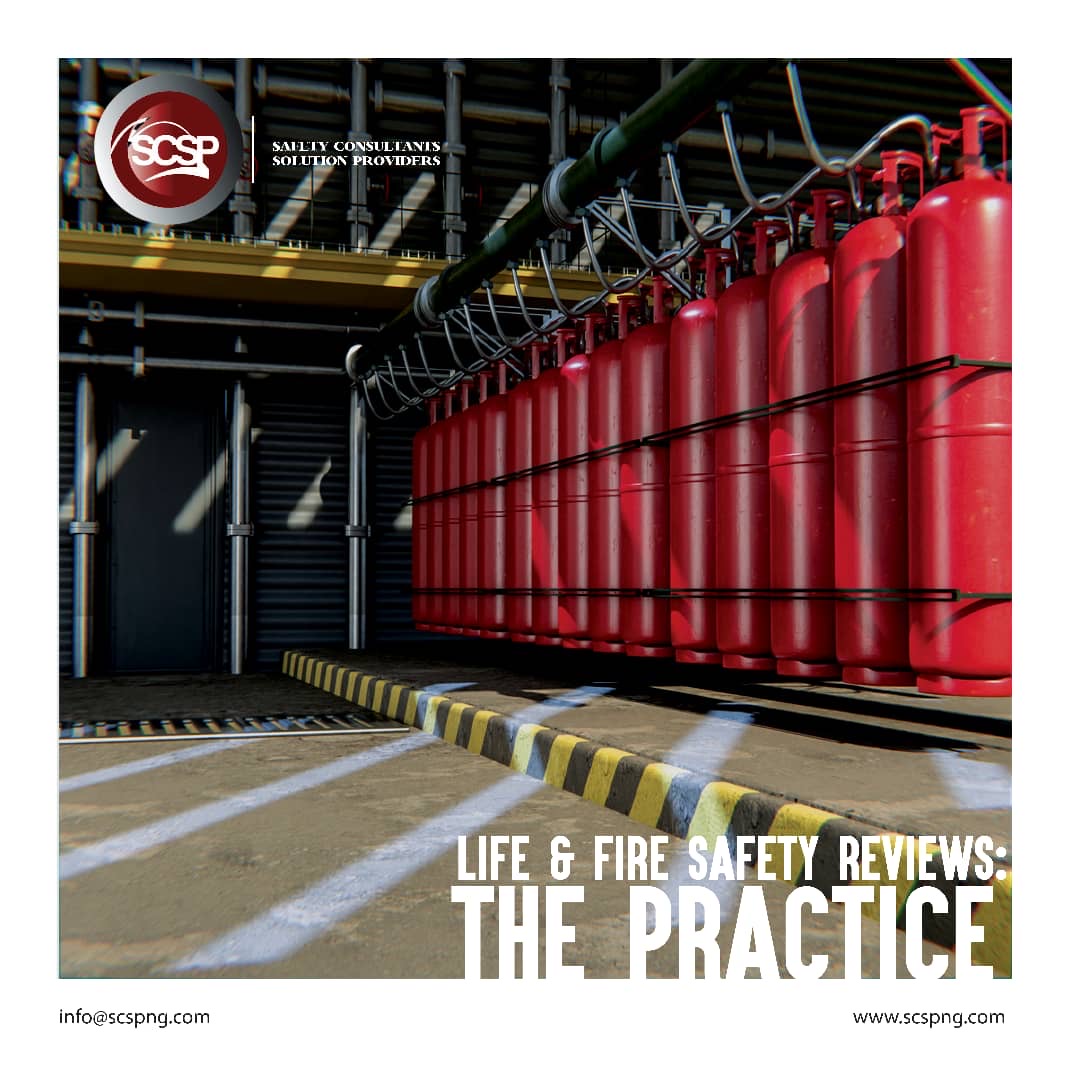FIRE RISK ANALYSIS: THE PRACTICE
FIRE RISK ASSESSMENT: UNDERSTANDING THE PRINCIPLES
Generally, the idea of safety is gaining ground across businesses today. Unfortunately, not everyone understands the importance of fire safety measures; thus, fire safety assessment tends to be overlooked which make buildings exposed to unnecessary fire risks with the potential of loss of lives. For many countries, it is not business as usual, a stringent wave of fire risk assessment is springing forth as many buildings and businesses are adopting current fire prevention strategies.
According to the United Kingdom report of Fire Statistics for 2023, there were about 253 fire related fatalities, as Fire Risk Assessment would have lower the number. As such, fire safety on many buildings emanated. While accidents cannot always be avoided, it is vital in minimizing the likelihood of a fire. One of such measures to minimize risks is Fire Risk Assessment.
CARRYING OUT FIRE RISK ASSESSMENT
A Fire Risk Assessment is put in place to reduce the probability of a fire breaking out in buildings and to highlight all fire risks on the premise. Simply put, a fire risk assessment aims to
(a) Identify potential fire risks and hazards
(b) Decide who can be harmed and how
(c) Reduce these risks to a level that is as low as possible
(d) Evaluate the Fire Safety precautions that need to be put in place
REGULATORY REFORM (FIRE SAFETY) ORDER 2005
In civilized climes, it is a legal obligation for businesses and certain households to conduct Fire Risk Assessment. The Regulatory Reform Fire Safety Order 2005 (RRO) explicitly states that “the responsible person must make a suitable and sufficient assessment of the risks to which persons are exposed for the purpose of identifying the general fire precautions he needs to take to comply with the requirement and prohibitions imposed on him by or under this order”. As such, if you are found to have breached the RRO, you could face serious criminal charges, resulting in unlimited fines or imprisonment.
TIME FRAME FOR CARRYING OUT FIRE RISK ASSESMENT
To keep in line with Regulatory Reform (Fire Safety) order 2005 regulations, it can be tricky to know exactly how often fire assessment should be carried out and reviewed. More interestingly, the law does not specifically state how often a fire risk assessment should be carried out. However, to conform to regulations, it is recommended that responsible person gets a new fire risk assessment conducted every 2 years.
Whilst this is a general recommendation, there are certain scenarios that will mean you should get a fire risk assessment sooner. These situations can consist of;
(a) If the building’s purpose has changed
(b) If the building structure such as the layers has changed
(c) If there has been a change in the number of occupants
(d) Potential Fire hazards have emerged
(e) Fire alarms are due to be reviewed.
HOW FREQUENTLY SHOULD FIRE RISK ASSESSMENT BE REVIEWED?
Similar to when a new fire risk assessment needs to be carried out, there is no specific time stated as law as to how often a Fire Risk Assessment should be reviewed. However, it is recommended the responsible person ensures that their fire safety records are reviewed every 12 months. In other words, timescale vary with sizes and structures of buildings and the presence of ever changing risks.
WORLD BUILDING FIRE OCCURRENCES
For many, the likelihood of fire is the last possible scenario that could ever cross their mind. Fire can destroy homes, places of businesses, entire city and worst of all, take human lives most times en masse.
In December 1995, Fire broke out at DAV public school in Mandi Dabwali India, killing 540 people. The incident happened 2 days before Christmas as the death toll included many school children as well as adults (Karachi News, December 1995).
In June 2008 fire gutted Universal City Studios in California destroying the master tapes of as many as half a million songs recorded during the 20th and 21st century (Emergency Fire Management, June 2008)
In August 2016 a hospital fire at Yarmouk, Baghdad Iraq killed 11 new born babies and injured 29 women. The fire was set up deliberately by 8 men to cover up their case (Morning Herald, July 2016).
In December 2017, fire swept through Bronx Apartment Complex in New York killing 13 people and injuring 14. It was New York’s city worst accidental fire in 25 years (Montreal Gazette, December 2017)
In January 2018, a hospital fire in Miryang South Korea killed at least 37 and injured more than 131 in the country’s worst fire in a decade (Sarasota Herald Tribune, January 2018).
In December 2019, a fire in Las Vegas Alpine Apartment Nevada killed 6 residents making it the deadliest fire ever within the city’s limit (Miami News, December 2019).
Above all, according to a BBC News Report in 2017, about 190 rise buildings across 51 local authorities failed cladding safety tests across Plymouth, Norwich, Plymouth, oxford and many cities across the United Kingdom.










